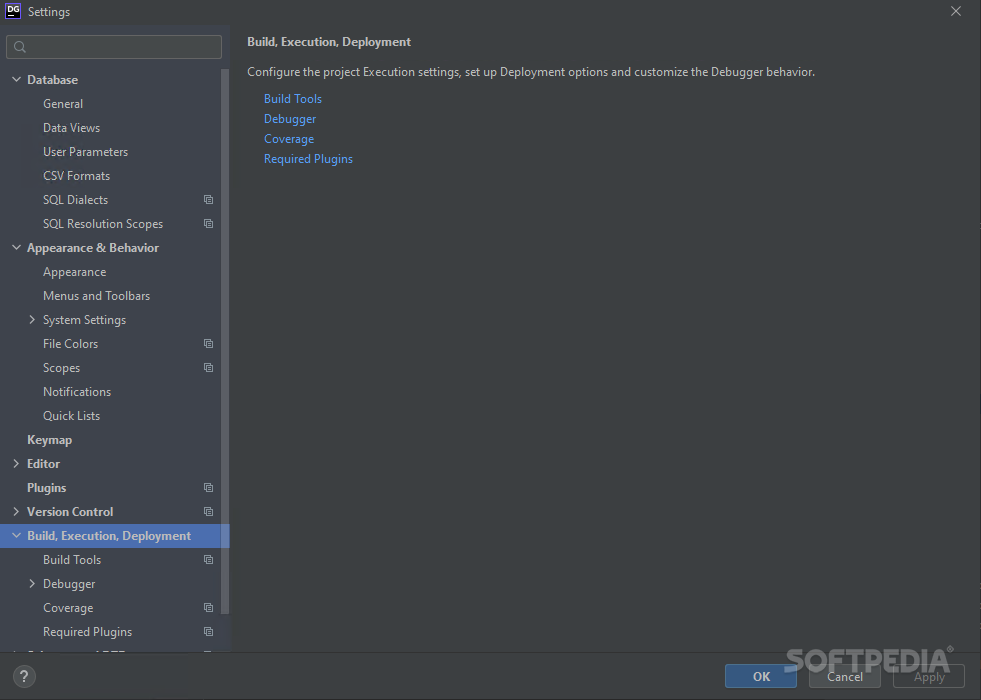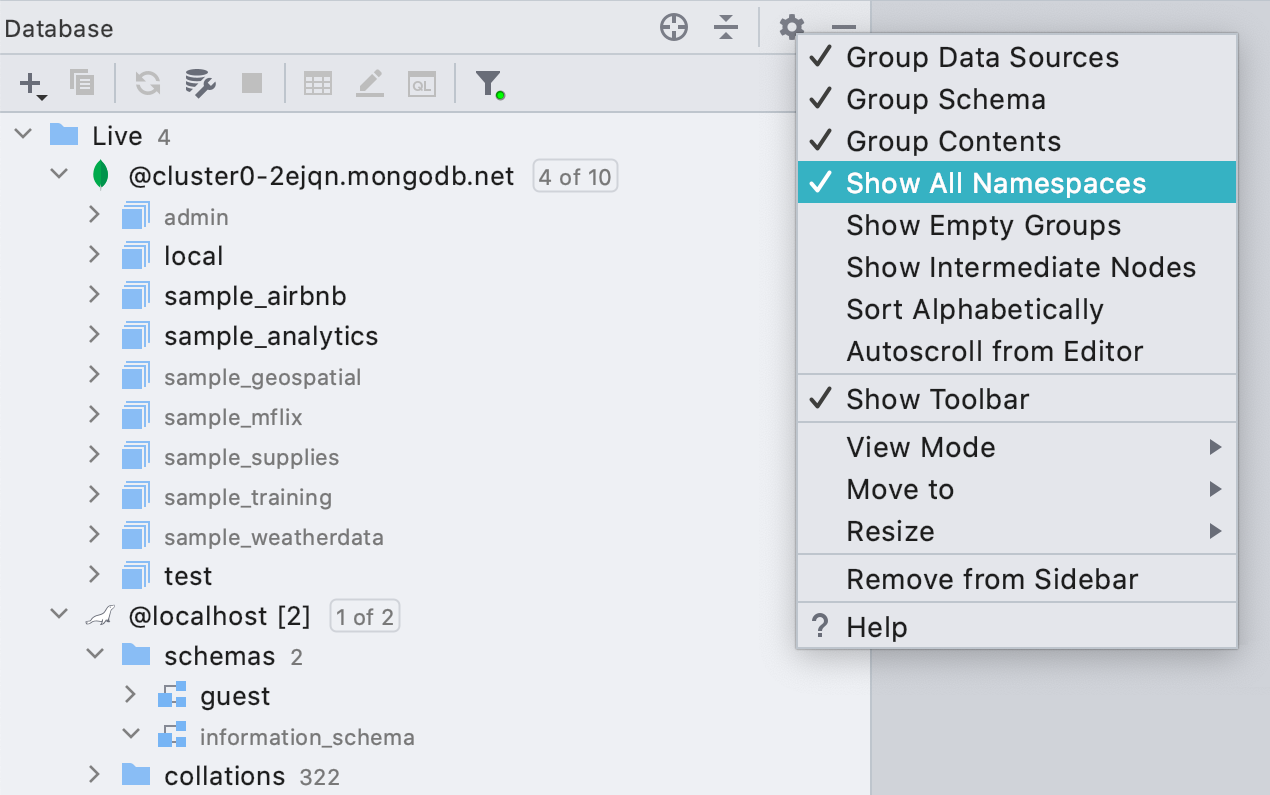

Supported for schemas in the same database but not for different databases instances. Then prefix the table name with the database name as usual. Use the ATTACH command to add additional databases to a connection. In some situations, rather than creating separate databases you can create one database with multiple schemas that has the same effect. A schema in PostgreSQL is a namespace for objects that allow you to control ownership and permissions of its contained objects. However, if you create orders and customers as two schemas in a single database, then it does work. NOT supported by PostgreSQL if orders and customers are two databases. Make sure to include database name in table alias. Reference: SELECT syntax Use dblink to access remote servers including non-Oracle machines. References: Multiple Database Query, FROM clause syntax and specifying table aliases Below is a table with documentation references for each vendor. Every major database vendor supports this functionality. This query is identical to a query where all tables are in a single database except for providing the database name in the table alias (in bold). SELECT O.custId, C.custName, SUM(totalAmount)įROM orders.orderinfo O INNER JOIN customers.customer C ON O.custId = C.custId The query to calculate the total order amount per customer is:

#Datagrip tutorial software
This article covers the various options for querying and reporting data from multiple sources and different techniques and software that is available.
#Datagrip tutorial how to
The challenge is how to manage and use this data with minimal investment in time and cost. These data sources may be physically distributed, in virtualization and cloud environments, and be hosted on software of various operating systems and database vendors. This often happens as companies add new systems to their organization via growth in new business, mergers and acquisitions, or replacing and upgrading existing systems. It is very common that the data needed for a report, business decision, or application is spread across several data sources which may be relational databases, spreadsheets, documents, NoSQL sources, or "Big Data" sources.

Ramon Lawrence | Director of Distributed Database Laboratory | University of British Columbia Overview How To Query Multiple Databases and Generate Reports Dr. Perform cross-source reporting and analyticsīuild applications that work with any database system.ĭownload UnityJDBC for SQL Virtualizationĭownload the open source multisource plugin for SQuirreL
#Datagrip tutorial driver
JDBC Driver for Splunk (supports Tableau)Ĭustom software development and consulting for your data challengesĪdd cross-platform translation and querying to your query software.SQL Virtualization, Translation, and Integration of NoSQL and SQL data sources UnityJDBC JDBC Driver for MongoDB JDBC Driver for Splunk JDBC Driver for ServiceNow SQuirreL Multiple Source Plugin Purchase Company


 0 kommentar(er)
0 kommentar(er)
